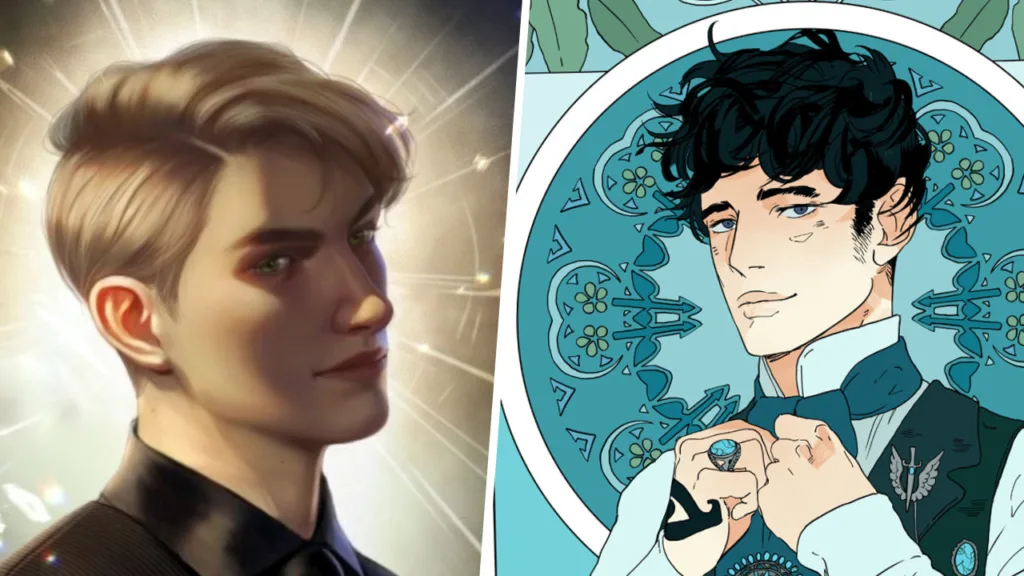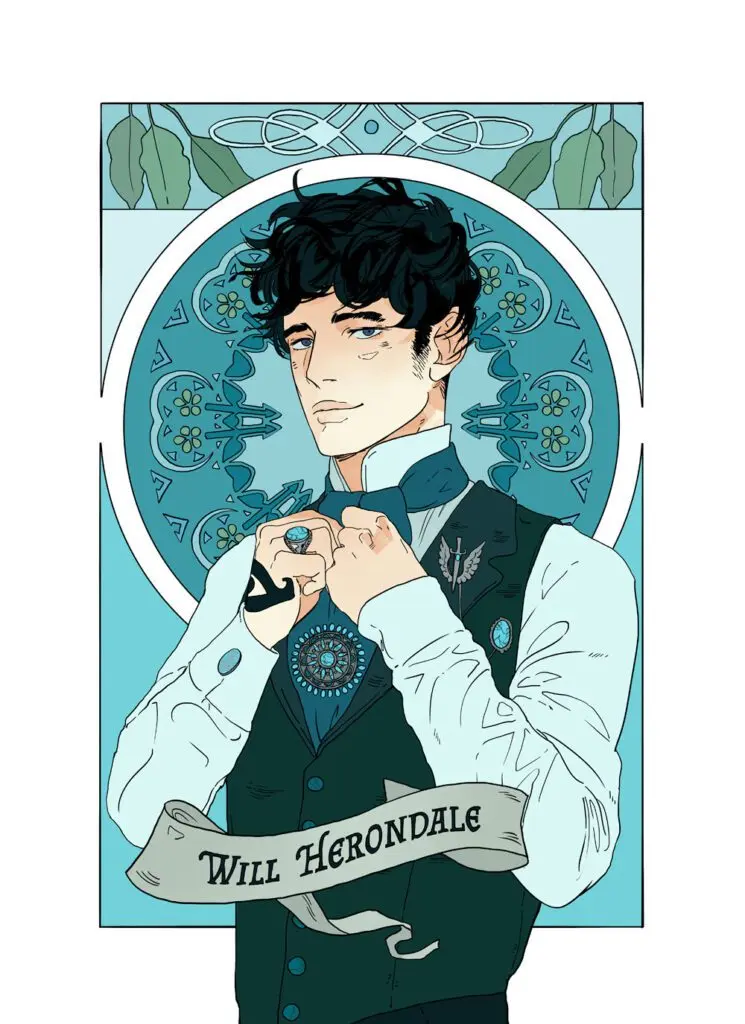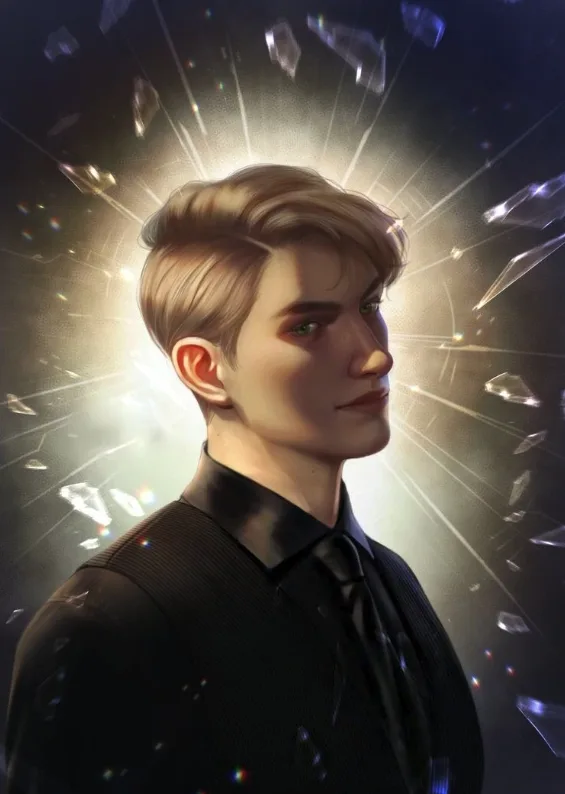Hero vs Villain

What makes a hero? More importantly, what makes a villain?
If the question is so easy to answer, then we would’ve never gotten those amazing villain-hero characters.
This question also relates to how villains are created, and what makes a good villain. Since how a villain is created is vital to the creation of a great villain.
In the captivating realm of YA and NA romance, the battle between heroes and villains is an essential element that fuels our love for these stories. Let’s explore the distinct characteristics of heroes and villains, examine popular examples from beloved novels, and delve into the fascinating question of which of these captivating characters garners more popularity with readers.
What are Heroes?

Heroes, those noble figures who embody bravery, virtue, and selflessness, hold a special place in our hearts and stories. They are the characters we instinctively root for, admire, and aspire to be. The appeal of heroes lies in their unwavering dedication to the greater good, their relentless pursuit of justice, and their tireless efforts to protect the vulnerable. These noble qualities resonate with readers on a deep level, inspiring them to believe in the power of goodness and the potential for heroism within themselves.
One of the key elements that make heroes appealing is their strong moral compass. They provide a sense of stability and reassurance in a world that often seems chaotic and uncertain. Heroes offer a guiding light, a beacon of hope that reminds us of the values we hold dear. They represent the embodiment of courage, resilience, and unwavering belief in doing what is right, even in the face of adversity. These qualities not only make heroes relatable, but they also inspire readers to reflect on their own choices and actions, encouraging them to stand up for what they believe in.
However, it’s important to acknowledge that the concept of heroes can sometimes feel unattainable or idealistic. The image of the flawless, morally upright hero can be seen as unrealistic and disconnected from the complexities of real life. Some readers may find it challenging to connect with heroes who seem too perfect or lacking in flaws. In response to this, authors have recognized the need for more nuanced and flawed heroes who grapple with their own internal struggles and navigate moral gray areas. By introducing multidimensional heroes with vulnerabilities and personal conflicts, authors create characters that readers can empathize with and find relatable.
In addition, the appeal of heroes can also vary depending on individual preferences. Some readers may gravitate towards traditional, knight-in-shining-armour heroes who uphold traditional values and exhibit unwavering righteousness. Others may find themselves drawn to anti-heroes, complex characters who possess both heroic and villainous traits, as they explore the moral complexities of human nature. The diversity of hero archetypes allows readers to find characters that resonate with their own experiences and perspectives.
Ultimately, heroes in romance books captivate readers because they represent the embodiment of our aspirations and ideals. They remind us of the power of human goodness, the strength to stand up for what is right, and the potential for growth and redemption. Whether they are flawless paragons of virtue or flawed individuals striving to find their moral compass, heroes continue to inspire and ignite our imaginations, reminding us of the transformative power of love, courage, and the indomitable human spirit.
What are Villains?

In contrast to heroes, villains in romance books are captivating characters who defy traditional notions of good and evil. They possess a magnetic allure that draws readers in, often fueled by their complexity and the allure of their dark nature. Villains can be enigmatic, ruthless, and cunning, adding an element of suspense and intrigue to the story. Their actions are often driven by personal motives, a desire for power, or a twisted sense of justice, blurring the lines between right and wrong.
What makes villains particularly appealing to readers is their complexity. They are not simply one-dimensional evildoers but are often portrayed with depth, their motivations and backstory carefully crafted to elicit empathy or fascination. The exploration of their psyche and the unveiling of their past traumas or struggles allow readers to understand the underlying factors that contributed to their villainous nature. This adds layers of intrigue and provides an opportunity for readers to delve into the complexities of human behaviour, challenging their own preconceived notions of morality.
Moreover, villains often possess traits and qualities that may be deemed attractive or charismatic. Their confidence, intelligence, and allure of their forbidden nature can be seductive, drawing readers into their web of darkness. Some readers may even find themselves captivated by the unpredictability and sense of danger that villains bring to the story, offering thrilling and unconventional romantic tension.
However, it is important to note that while villains can be appealing, their actions and motivations are typically morally ambiguous or outright reprehensible. They may engage in manipulative behaviour, commit heinous acts, or exhibit toxic traits that make them deeply unlikeable. This dichotomy of attraction and repulsion is what makes villains intriguing and keeps readers engaged in their narrative arc.
Additionally, the appeal of villains can vary among readers. Some may find themselves rooting for redemption arcs, hoping that the villain can find a path to redemption and ultimately transform into a hero. Others may appreciate the complexity and ambiguity of the villain’s character, finding satisfaction in the tension they bring to the story. The presence of a formidable villain can also enhance the growth and development of the hero or heroine, allowing them to shine in their journey toward overcoming adversity.
Villains in romance books offer a compelling contrast to heroes, challenging our perceptions of good and evil. Their complexity, alluring nature, and morally ambiguous actions make them captivating characters that readers are drawn to. The exploration of their motivations, struggles, and psychological depths adds depth and intrigue to the story. Whether readers are fascinated by their darkness, yearn for their redemption, or revel in their complexity, villains in romance books provide an enticing foil to the heroes, creating a dynamic and unforgettable reading experience.
Examples
One notable example is Warner from Tahereh Mafi’s “Shatter Me” series. Initially introduced as a villain, Warner’s dark and enigmatic persona captivates readers. Warner is an excellent example of a villain who evokes mixed emotions from readers. Despite his initial cruelty, glimpses of vulnerability and a tormented past make him a compelling and divisive character. As the story unfolds, we discover the depths of his troubled past and the complexities that shape his actions. Despite his seemingly heartless demeanour, glimpses of vulnerability and underlying goodness emerge, leaving readers torn between their dislike for his actions and their compassion for his underlying struggles.
On the other side of the spectrum, we have heroes like Will Herondale from Cassandra Clare’s “The Infernal Devices” trilogy. Will showcases the hero archetype, as his transformation from a guarded and seemingly unapproachable figure to a selfless and compassionate saviour wins the hearts of readers. He possesses a quick wit and a sharp tongue, often lashing out and pushing others away. As readers delve deeper, they unravel the layers of his character, understanding the pain and self-imposed isolation he carries. Will’s transformation from a seemingly arrogant and distant figure to a selfless and compassionate hero resonates with readers, eliciting both frustration and adoration.
In Sarah J. Maas’s “A Court of Thorns and Roses” series, we encounter Rhysand, a complex character who blurs the lines between hero and villain. Initially perceived as the antagonist, Rhysand’s morally ambiguous actions challenge readers’ preconceived notions. As his backstory unfolds, we witness the reasons behind his choices and the sacrifices he makes for those he loves. Rhysand’s charm, cunning, and capacity for redemption make him a captivating and polarizing character in the hearts of readers.
These examples illustrate the multifaceted nature of villains and heroes in YA and NA romance. It’s the intricate dance between light and darkness, vulnerability and strength, and redemption and sacrifice that captivates our imaginations and leaves us yearning for more. By exploring these contrasting characters, we gain a deeper appreciation for the complexities of human nature and the power of transformation.
Which one is more popular?
When it comes to popularity, the lines between heroes and villains can blur. While heroes often garner admiration and a loyal following, villains hold their own allure. They intrigue readers with their complexities, their hidden depths, and the potential for redemption. In fact, some readers develop crushes on villains, drawn to their charisma and the tragic elements that define them. Characters like Rhysand from Sarah J. Maas’s “A Court of Thorns and Roses” series exemplify this phenomenon. Rhysand’s morally ambiguous actions and capacity for transformation make him a polarizing yet immensely popular character among readers.
The preference for heroes or villains ultimately boils down to personal taste. Some readers are drawn to the unwavering nobility and selflessness of heroes, finding inspiration in their triumphs and unwavering moral compass. Others are captivated by the allure of villains, enticed by their complexity and the potential for redemption. The popularity of both heroes and villains is a testament to the rich and diverse tapestry of human nature depicted in these stories.
Conclusion
In the enchanting realm of YA and NA romance, the interplay between heroes and villains adds depth, tension, and intrigue to the narratives we adore. Whether we find ourselves cheering for the heroes, sympathizing with the villains, or caught in the gray area between the two, these complex characters leave an indelible mark on our reading experience. Share your thoughts on which captivating character type resonates more with you in the comments below, and join us as we continue to explore the enchanting world of heroes and villains in romance books.
